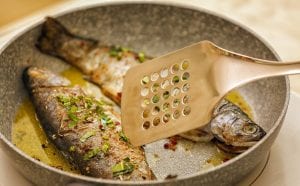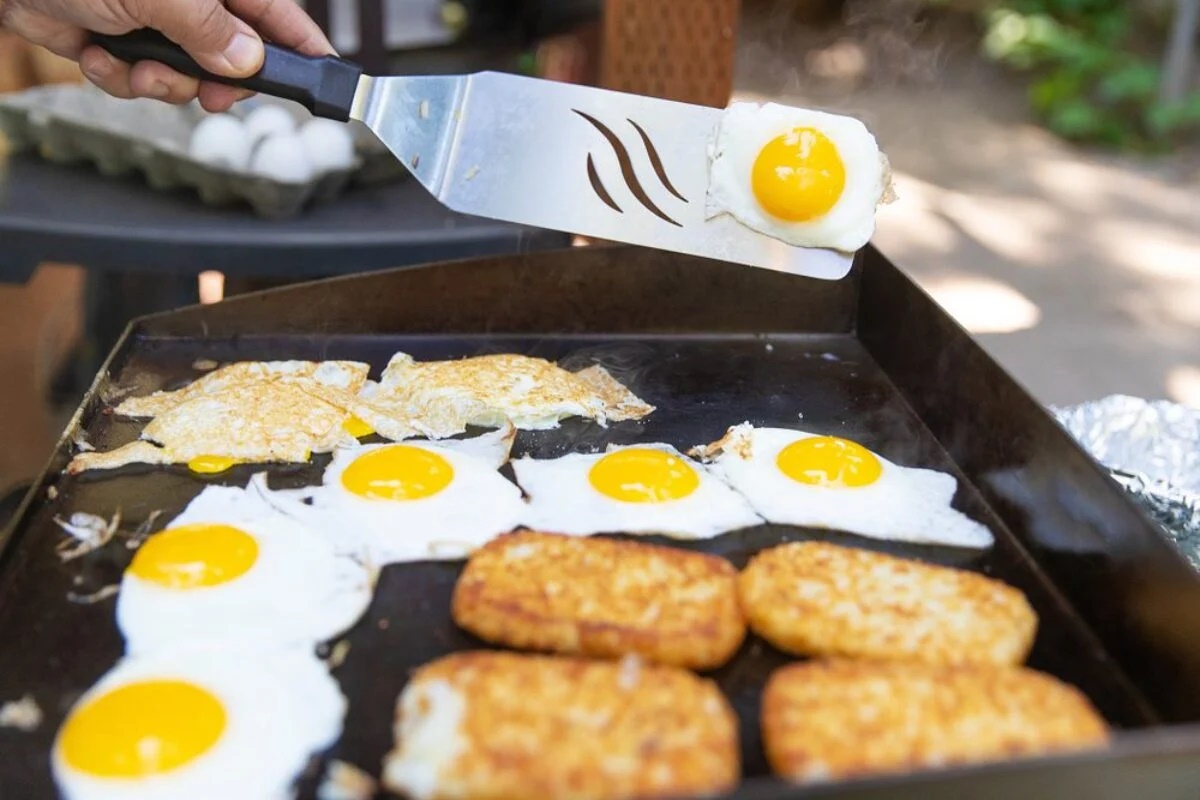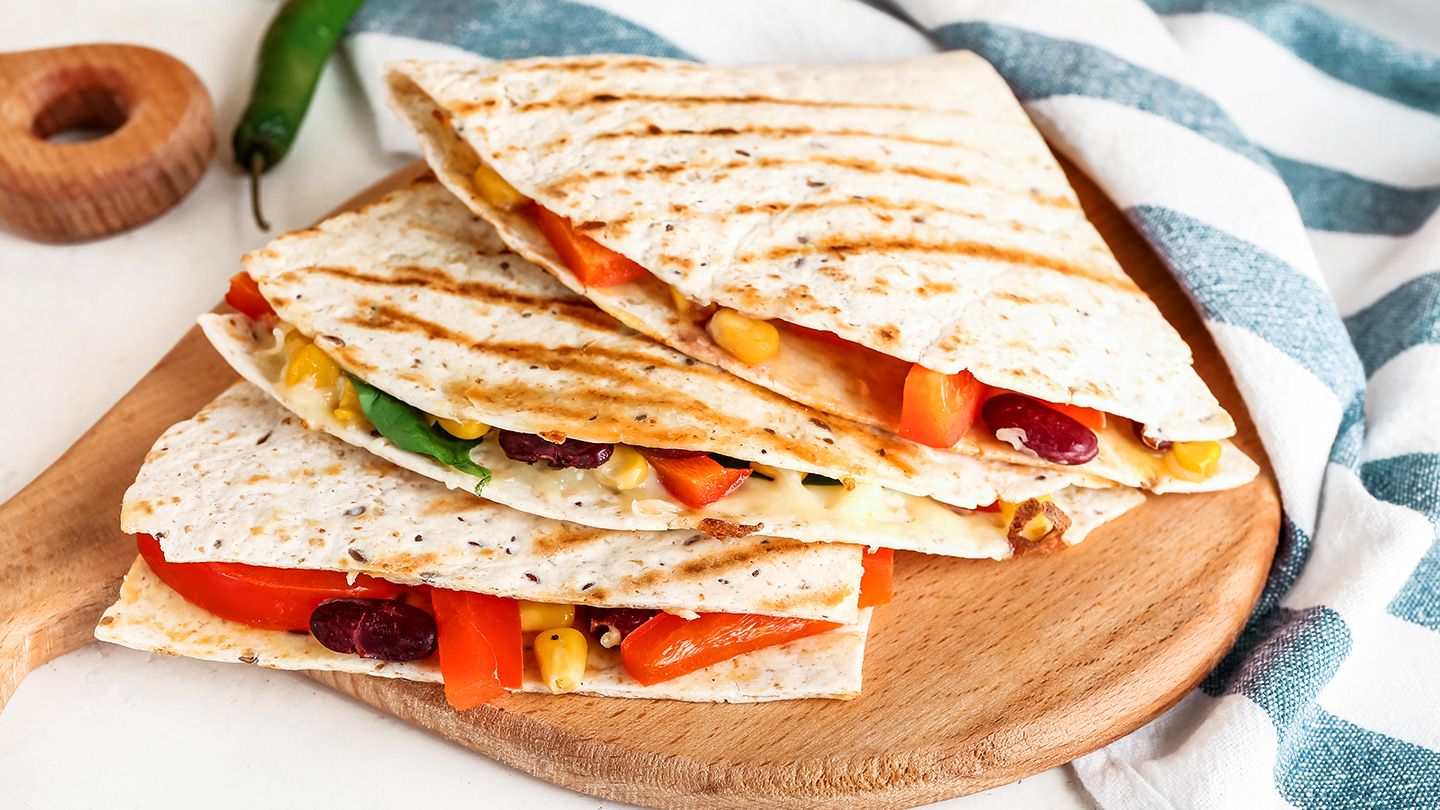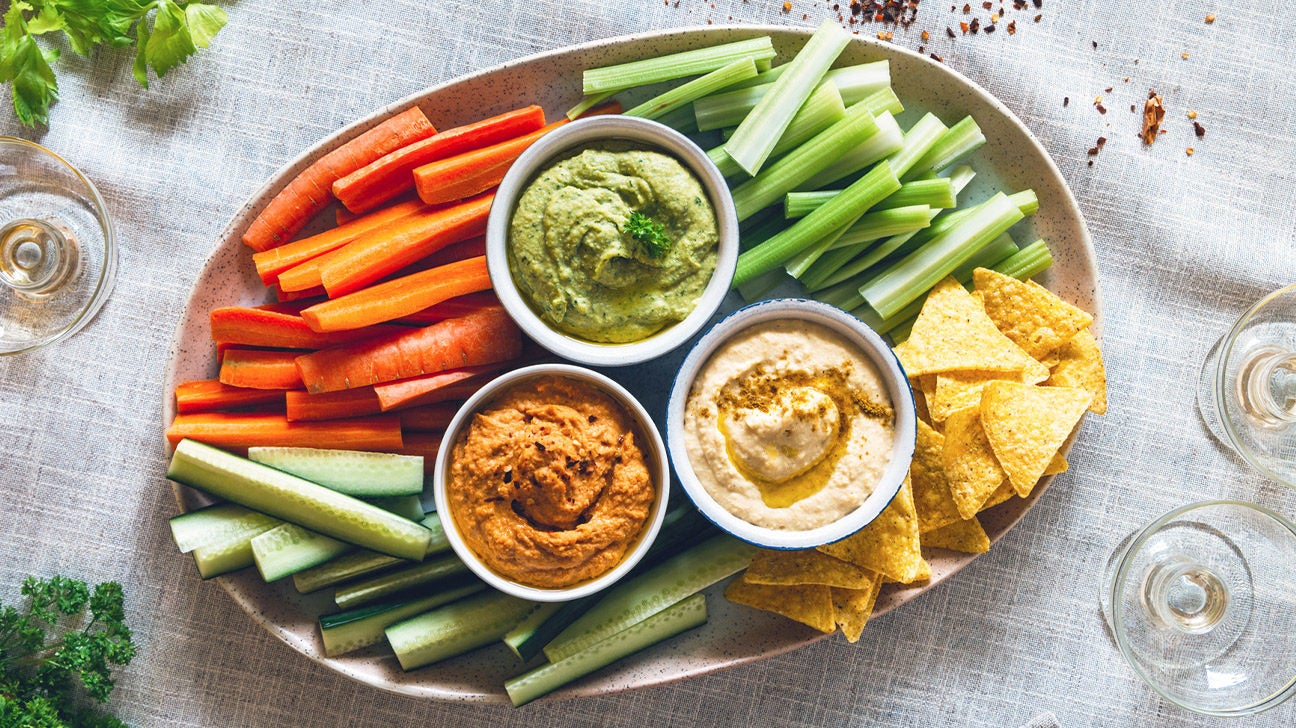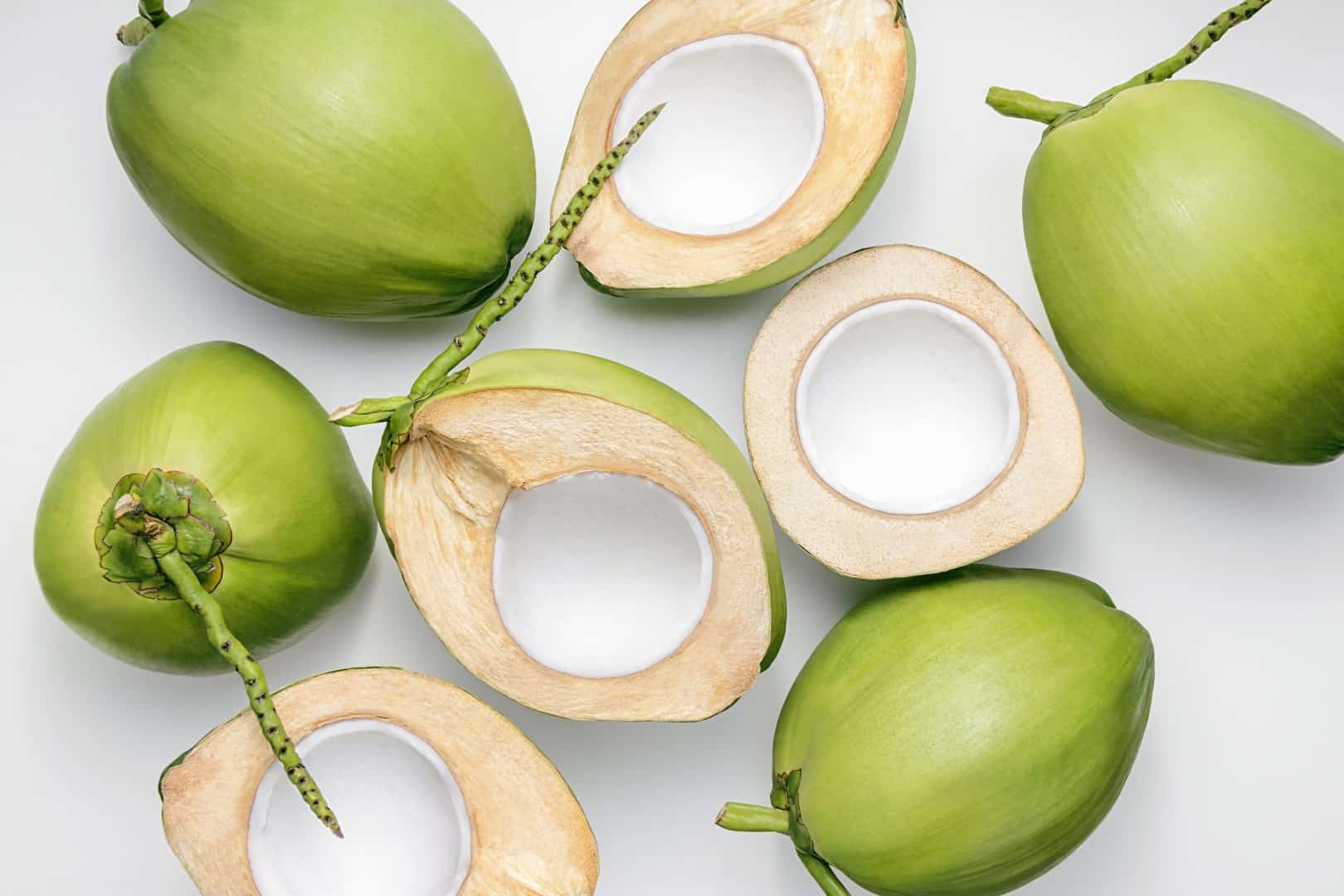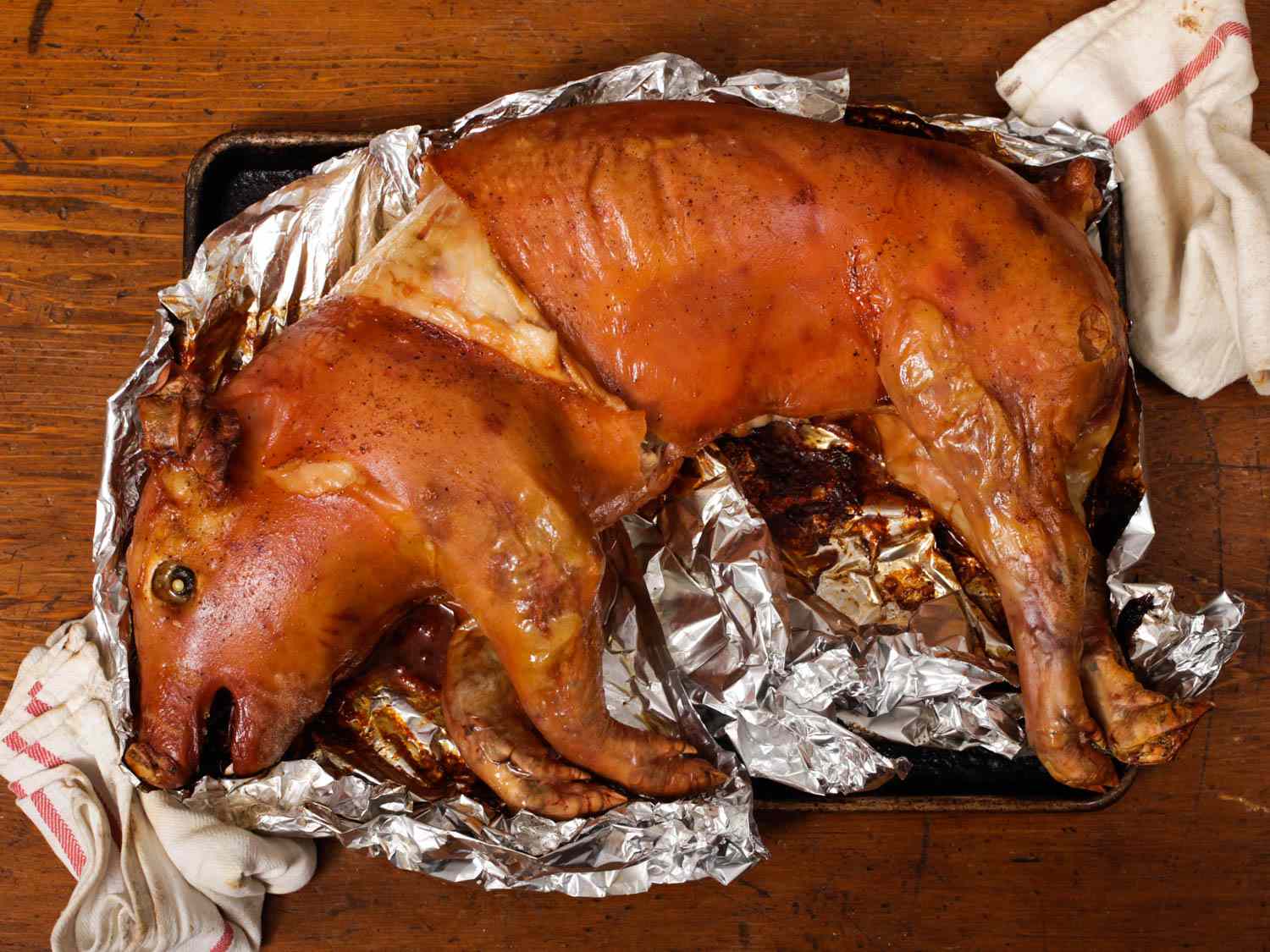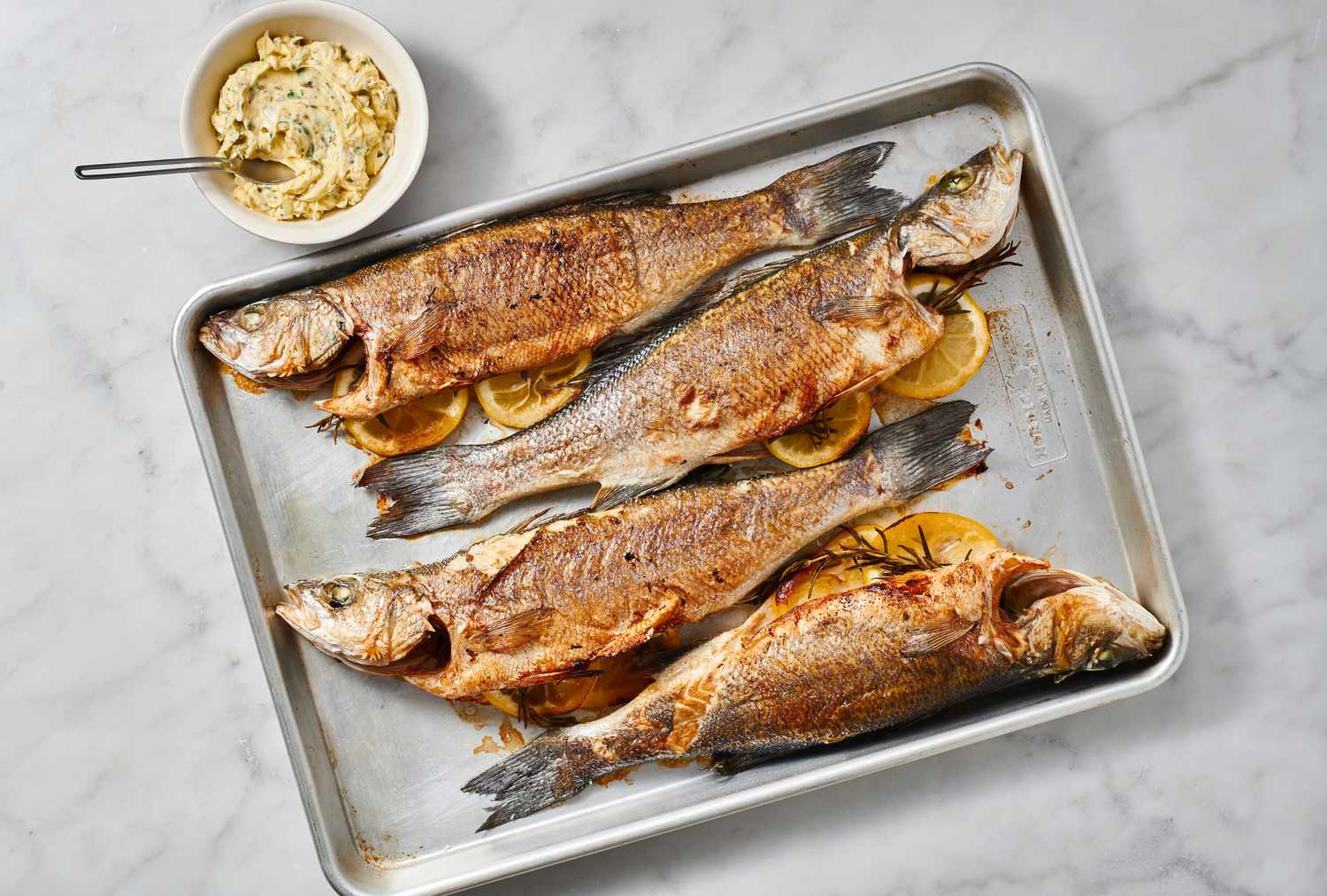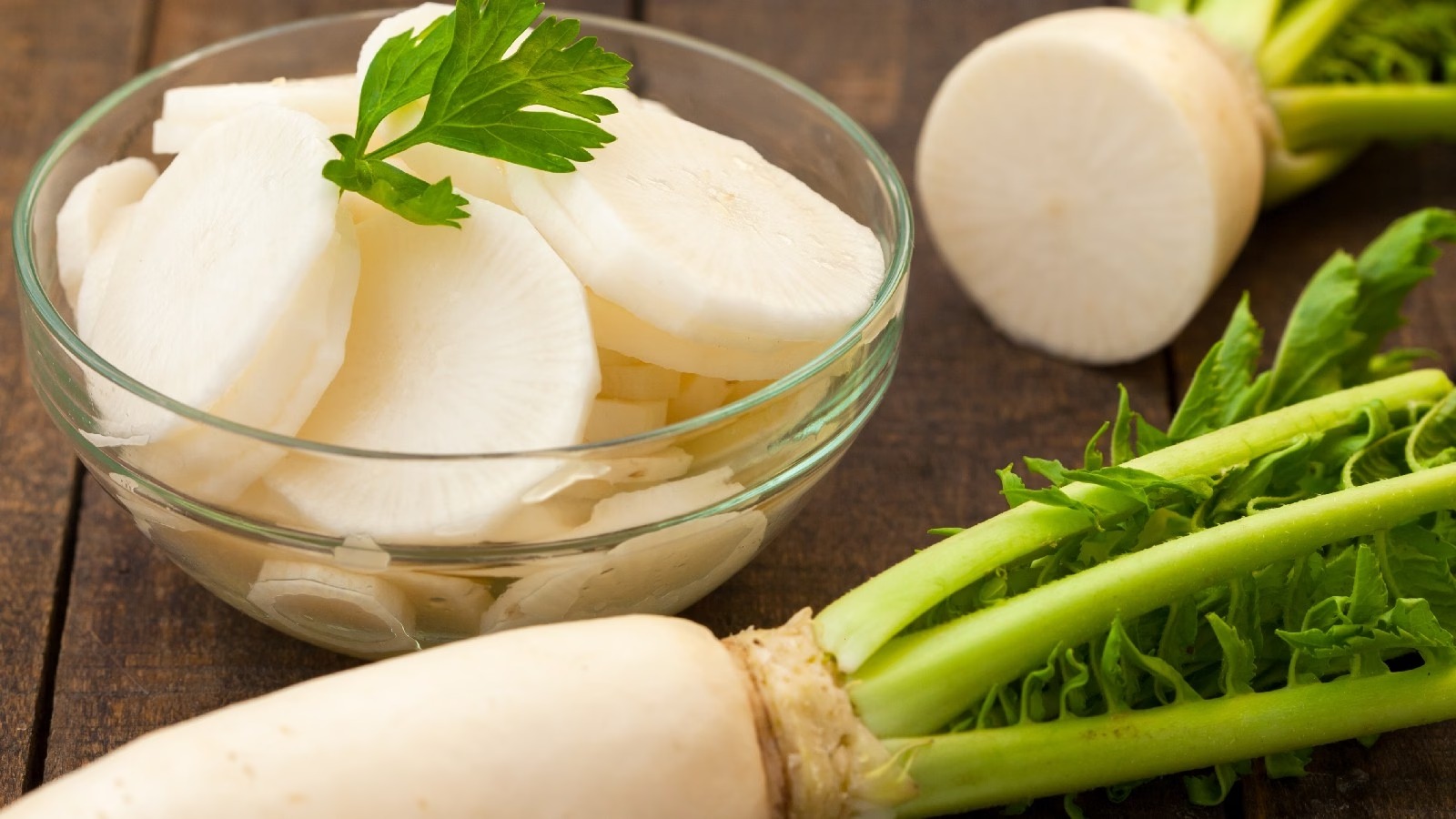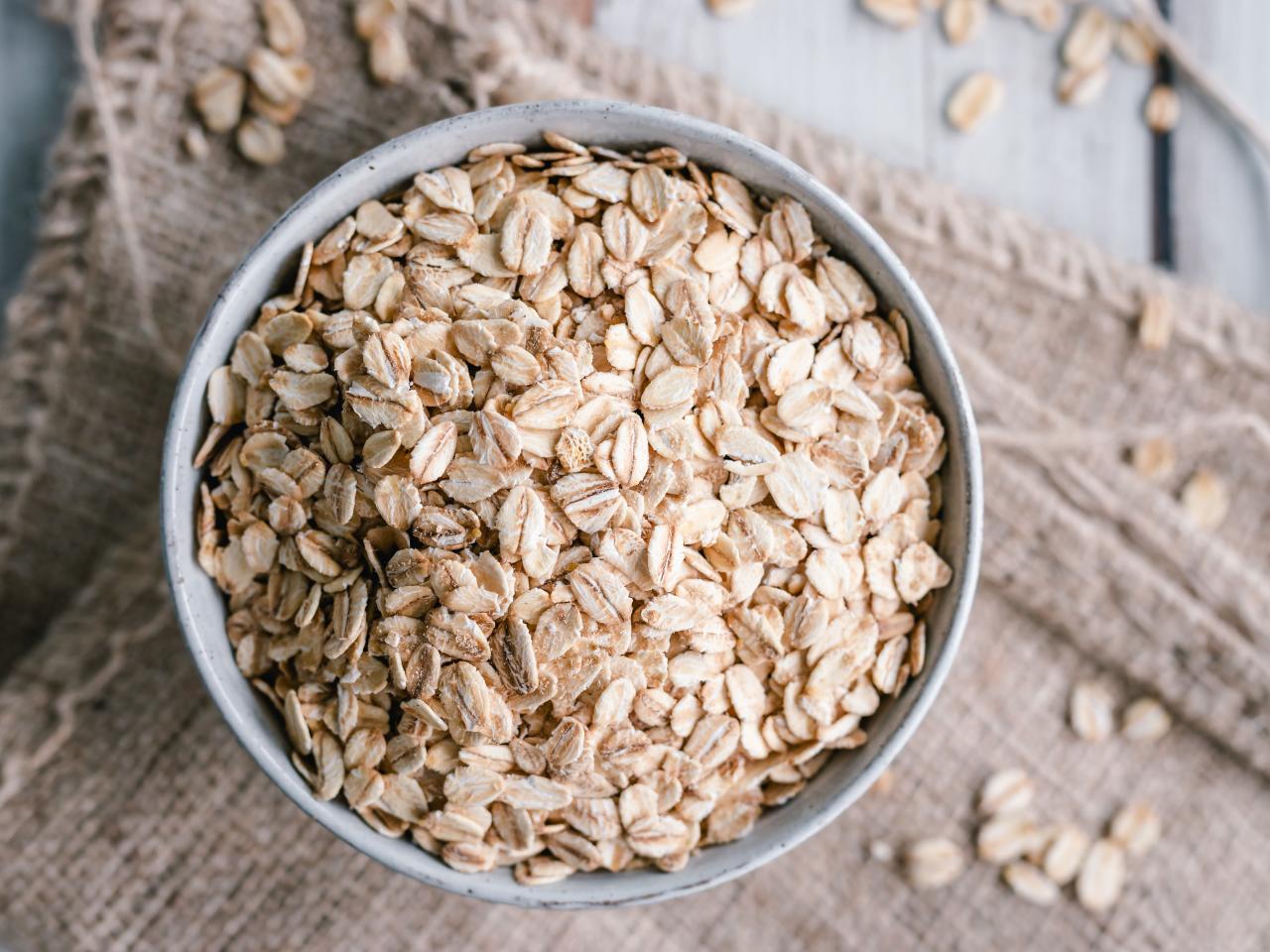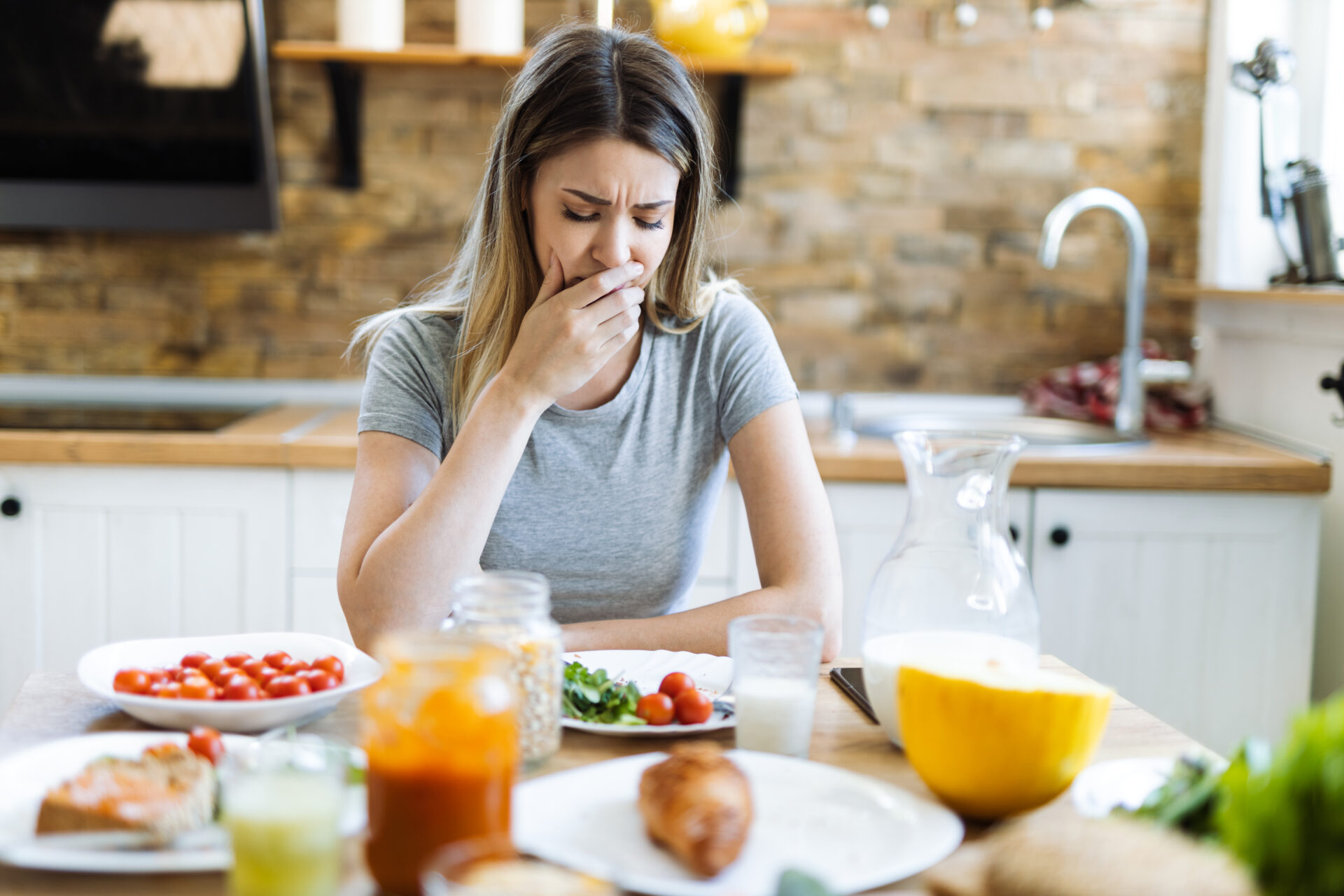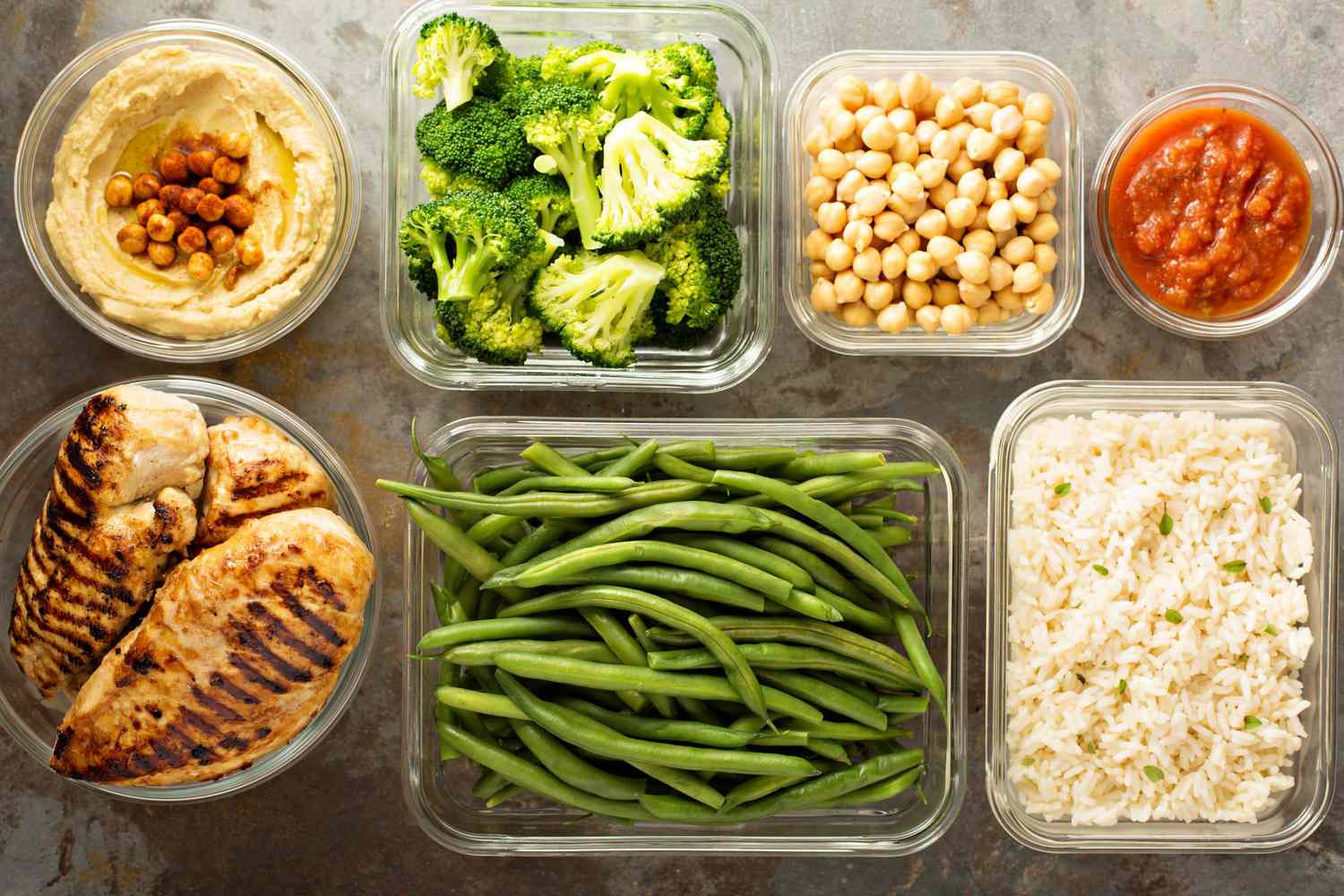How to Enjoy Food with a Flipper Denture
Adjusting to life with a flipper denture can be challenging, especially when it comes to eating. However, with the right techniques and mindset, you can continue to enjoy your favorite foods without any hassle. Here are some tips on how to eat with a flipper denture:
1. Start Slow
When you first start wearing a flipper denture, it’s important to take things slow. Begin with soft foods that require minimal chewing, such as yogurt, mashed potatoes, and smoothies. This will give you a chance to get used to the feeling of the denture in your mouth and build your confidence before moving on to more challenging foods.
2. Cut Food into Small Pieces
For foods that require more chewing, like meats and vegetables, it can be helpful to cut them into smaller, bite-sized pieces. This will make it easier to chew and reduce the risk of dislodging your denture while eating.
3. Chew on Both Sides
When chewing with a flipper denture, distribute the food evenly on both sides of your mouth to avoid putting too much pressure on one side. This will help maintain stability and prevent the denture from shifting while you eat.
4. Avoid Sticky or Hard Foods
Sticky and hard foods can pose a challenge for those with flipper dentures. It’s best to avoid foods like caramels, taffy, and hard candies that can stick to the denture or potentially cause damage. Opt for softer alternatives to minimize any discomfort or risk of damage.
5. Practice Good Oral Hygiene
After eating, make sure to clean your flipper denture thoroughly to remove any food particles and prevent bacteria buildup. Proper oral hygiene is essential for maintaining the longevity and effectiveness of your denture.
6. Use Adhesive if Necessary
If you find that your flipper denture is not as secure as you’d like while eating, consider using a denture adhesive. This can provide extra stability and confidence, especially when consuming tougher foods.
7. Stay Positive and Patient
Adjusting to eating with a flipper denture may take some time, so it’s important to stay patient and positive throughout the process. With practice and perseverance, you’ll soon find that eating with a denture becomes second nature.
Remember, everyone’s experience with a flipper denture is unique, so don’t be discouraged if it takes time to find your rhythm. By following these tips and staying patient, you can continue to savor your favorite foods and enjoy mealtime with confidence.
For more personalized advice on eating with a flipper denture, consult your dentist or prosthodontist who can provide tailored recommendations based on your specific needs and preferences.
